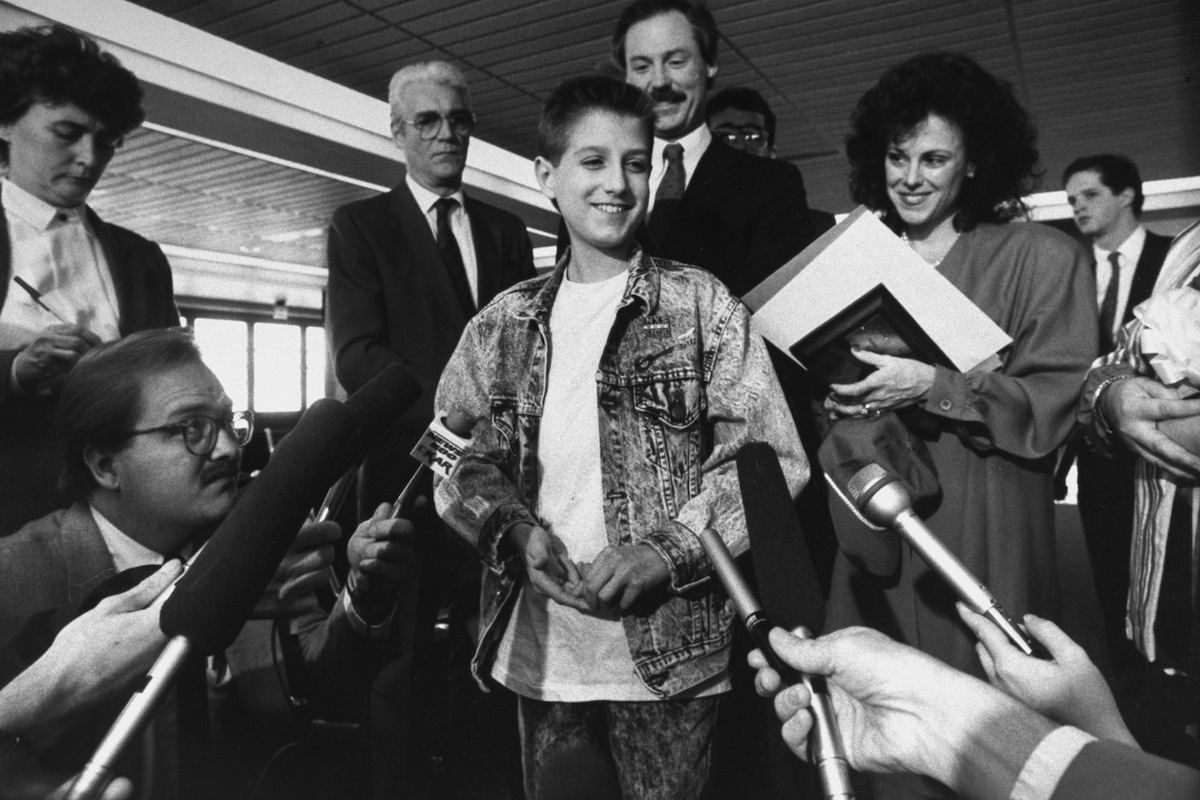
In 1984, when Ryan White was diagnosed with AIDS, the disease itself was still mystified medical professionals. When his name became national news, some of the only things that were well-known about it were that it was terrifying and communicable.
White — who was 18 when he died 25 years ago, on April 8, 1990 — was a hemophiliac and had acquired HIV through a blood transfusion. In and around 1985, he made headlines by trying to attend middle school in his hometown of Kokomo, Ind. Though the state’s health department declared that it was fine for him to attend school as long as he was well enough, the district superintendent decided he would have to attend class by phoning in. His parents sued in response.
As TIME remarked as the case progressed, relatively few people were directly impacted by the case: fewer than 200 school-age Americans had been diagnosed with AIDS at the time. Fear among parents, many of whom were unaware that HIV could not be transmitted through casual contact, was disproportionate.
A year later, in the fall of 1986, White started eighth grade, thanks to a court order — and, then and in the years that followed, he put a familiar face on a disease that had seemed to many Americans to be distant or foreign. The sympathetic story of a young boy who just wanted to go to school ended up helping all AIDS sufferers get a fairer shake; in 1990, for example, shortly after he died, Congress passed his namesake act, which helps Americans get medical care for the disease. As Rev. Ray Probasco, a family friend of the Whites’ who eulogized Ryan, put it:
”Not much was known about the disease back then. So very quickly a great deal of fear permeated Ryan’s community. At first, Ryan and the disease were perceived as one and the same. In time, we saw the boy and the disease, and they were not the same. It was Ryan who first humanized the disease called AIDS. He allowed us to see the boy who just wanted, more than anything else, to be like other children and to be able to go to school.
”And children began asking Ryan, ‘Are you afraid to die?’ And Ryan responded, ‘Everyone’s going to die. If I die, I know I’m going to a better place.’ I believe that God gave us [a] miracle in Ryan. He healed a wounded spirit in the world and made it whole.”
Read TIME’s original 1985 coverage of White’s attempt to attend school, here in the TIME Vault: The AIDS Issue Hits the Schools
The Photo That Changed the Face of AIDS
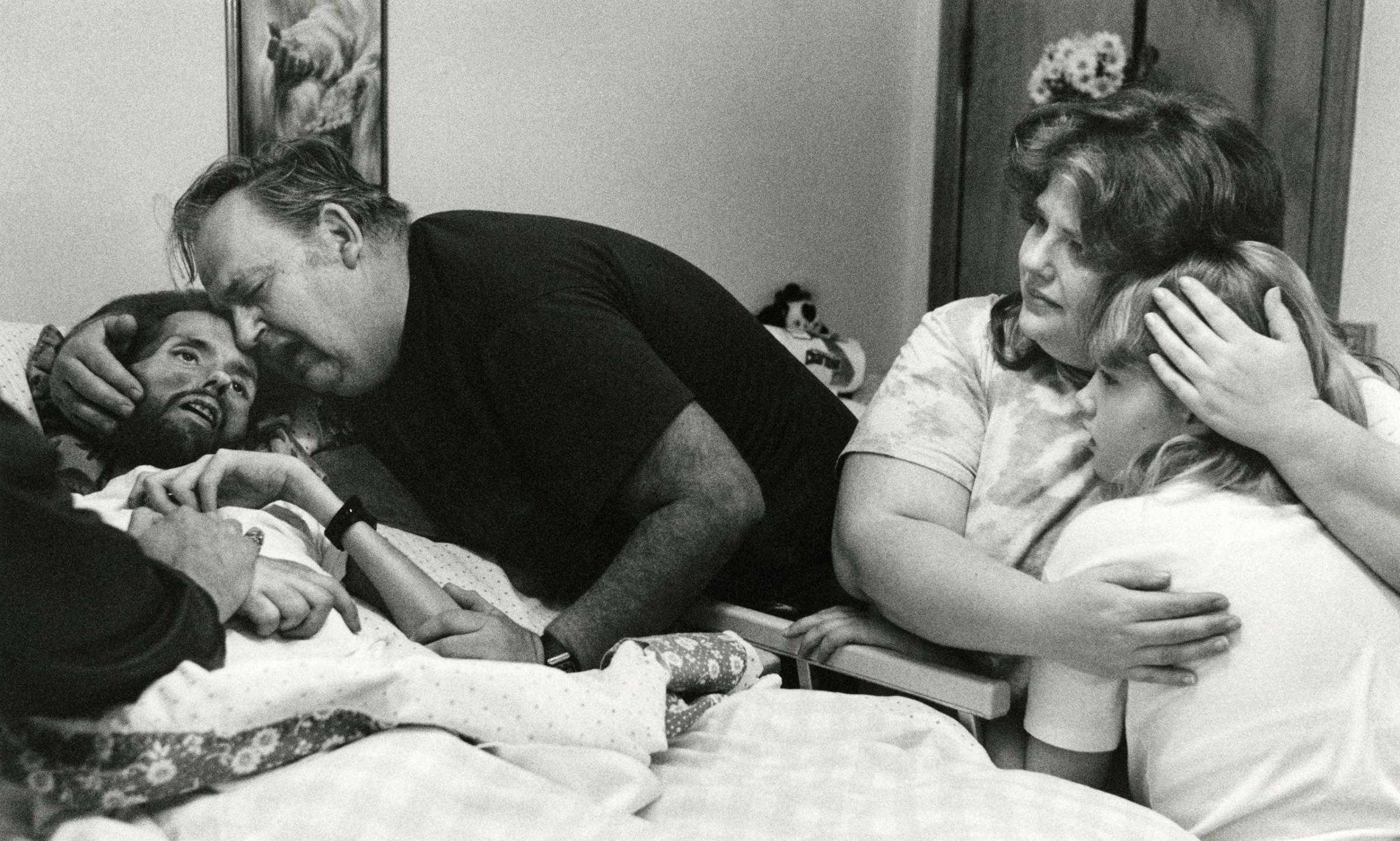
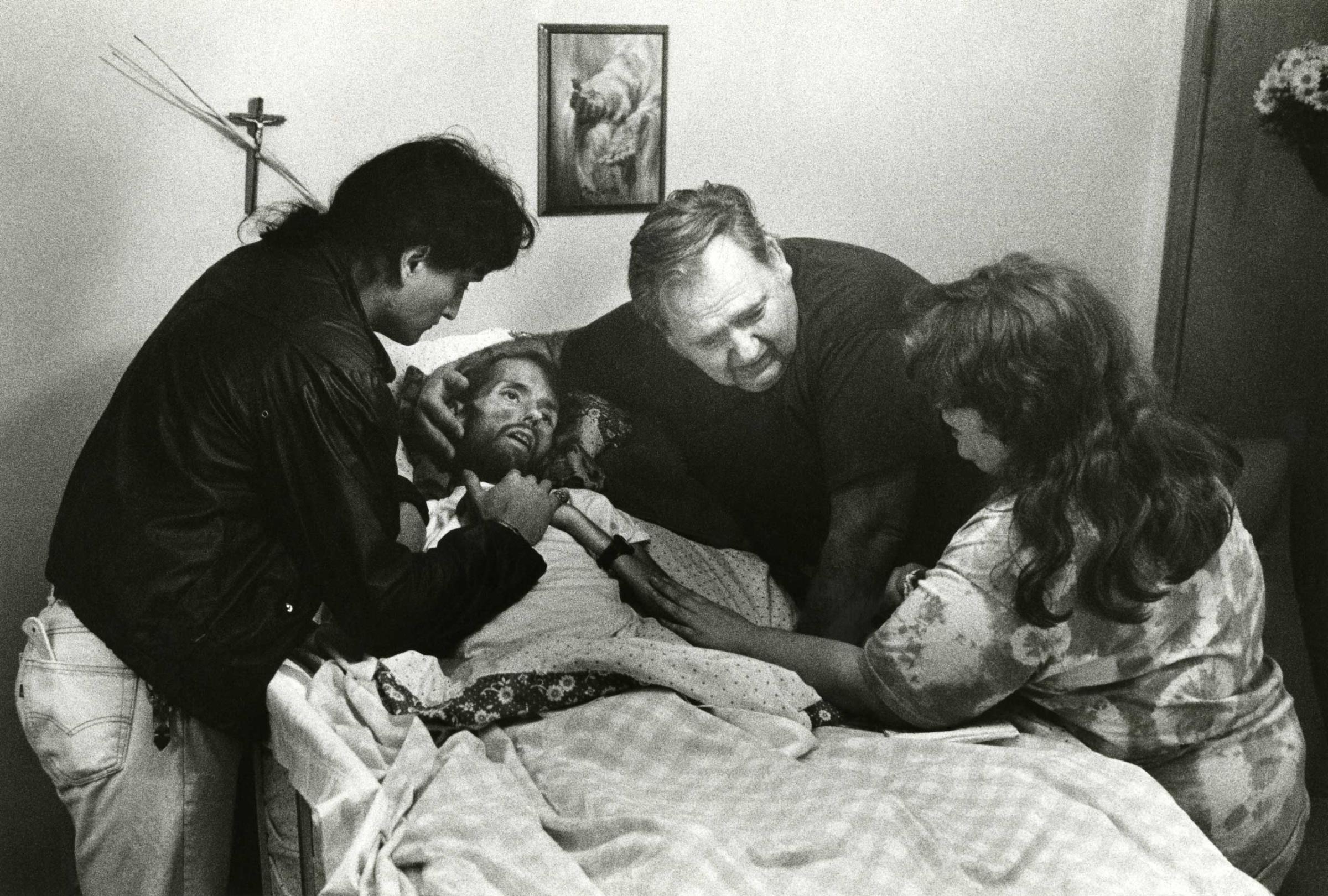
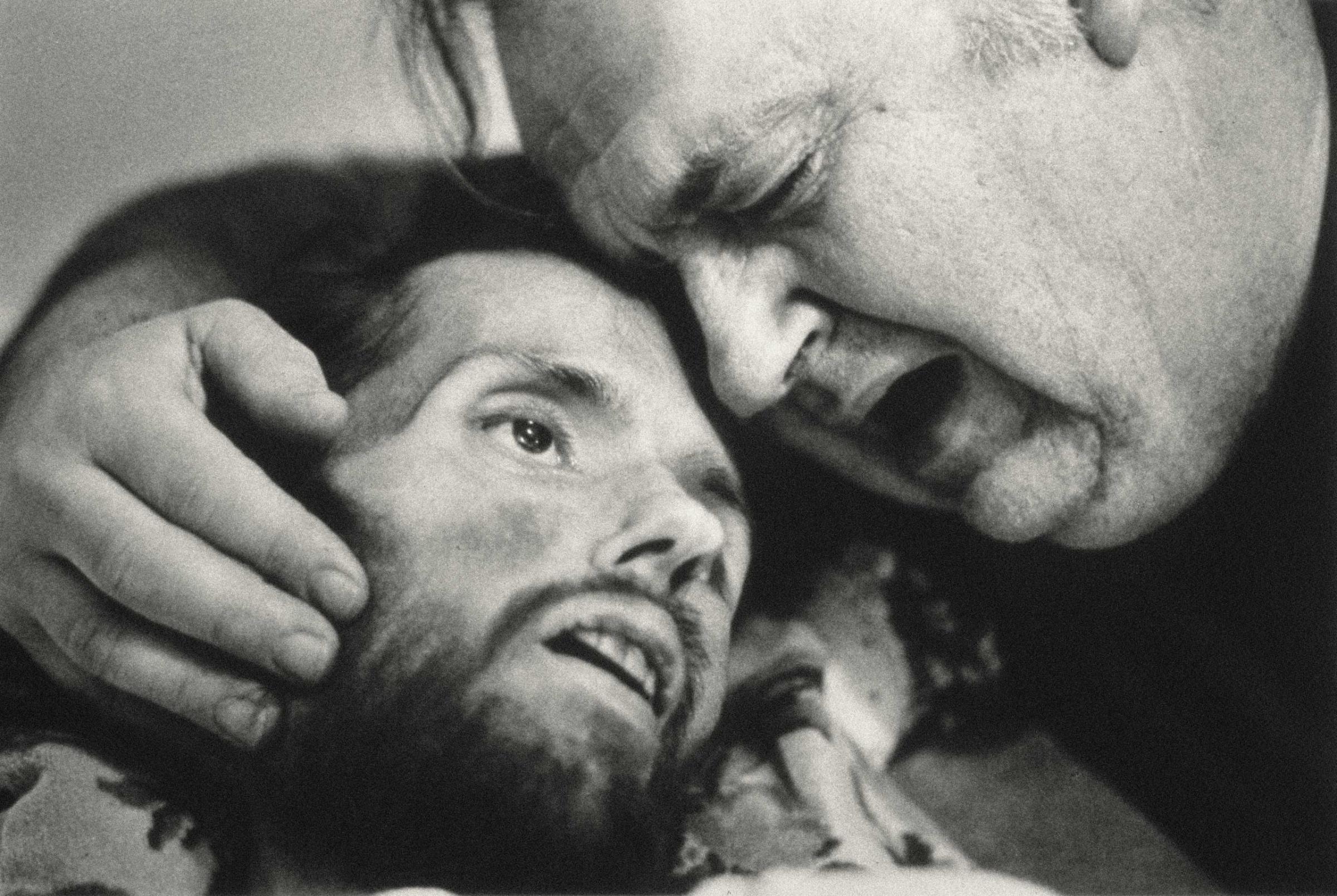
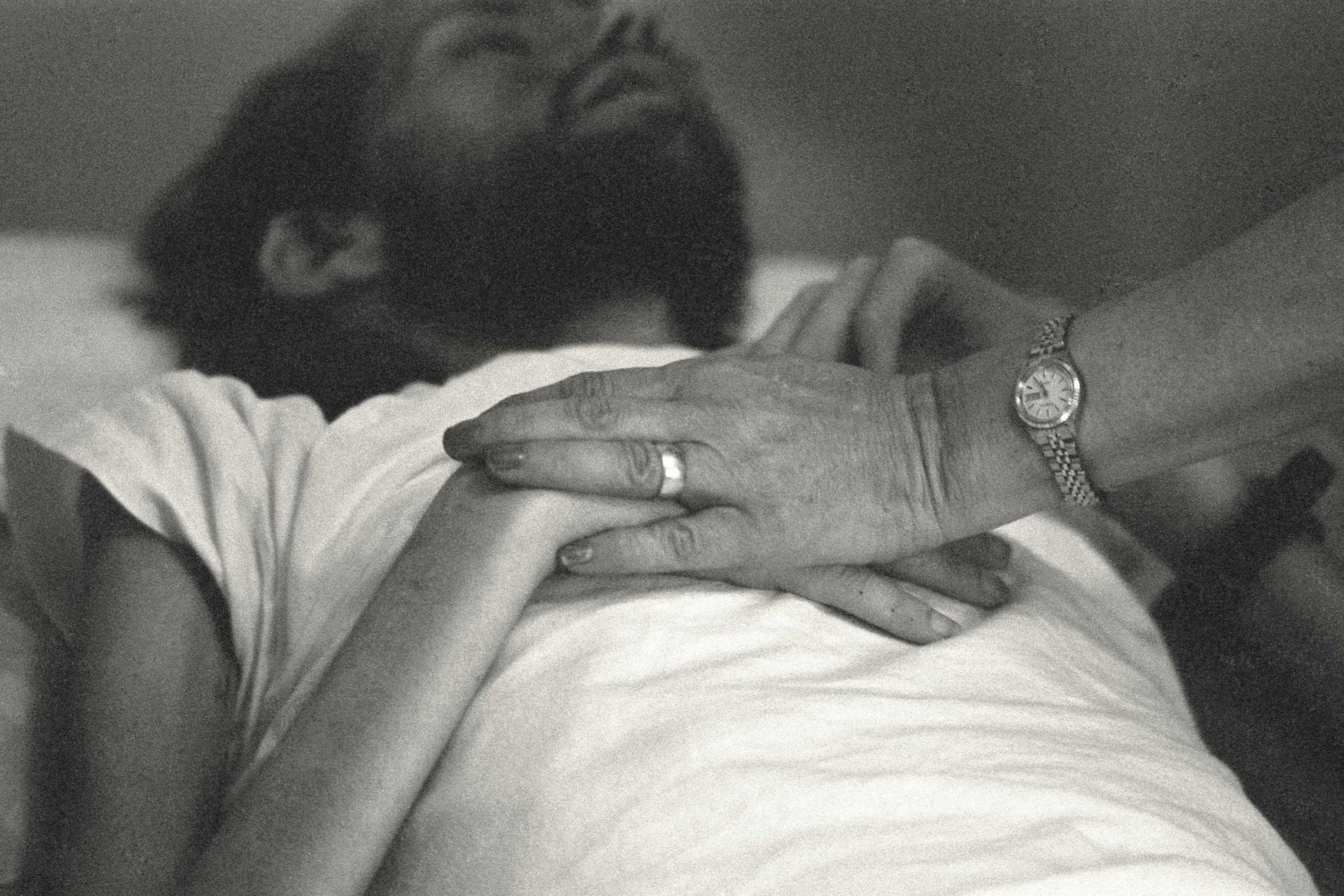
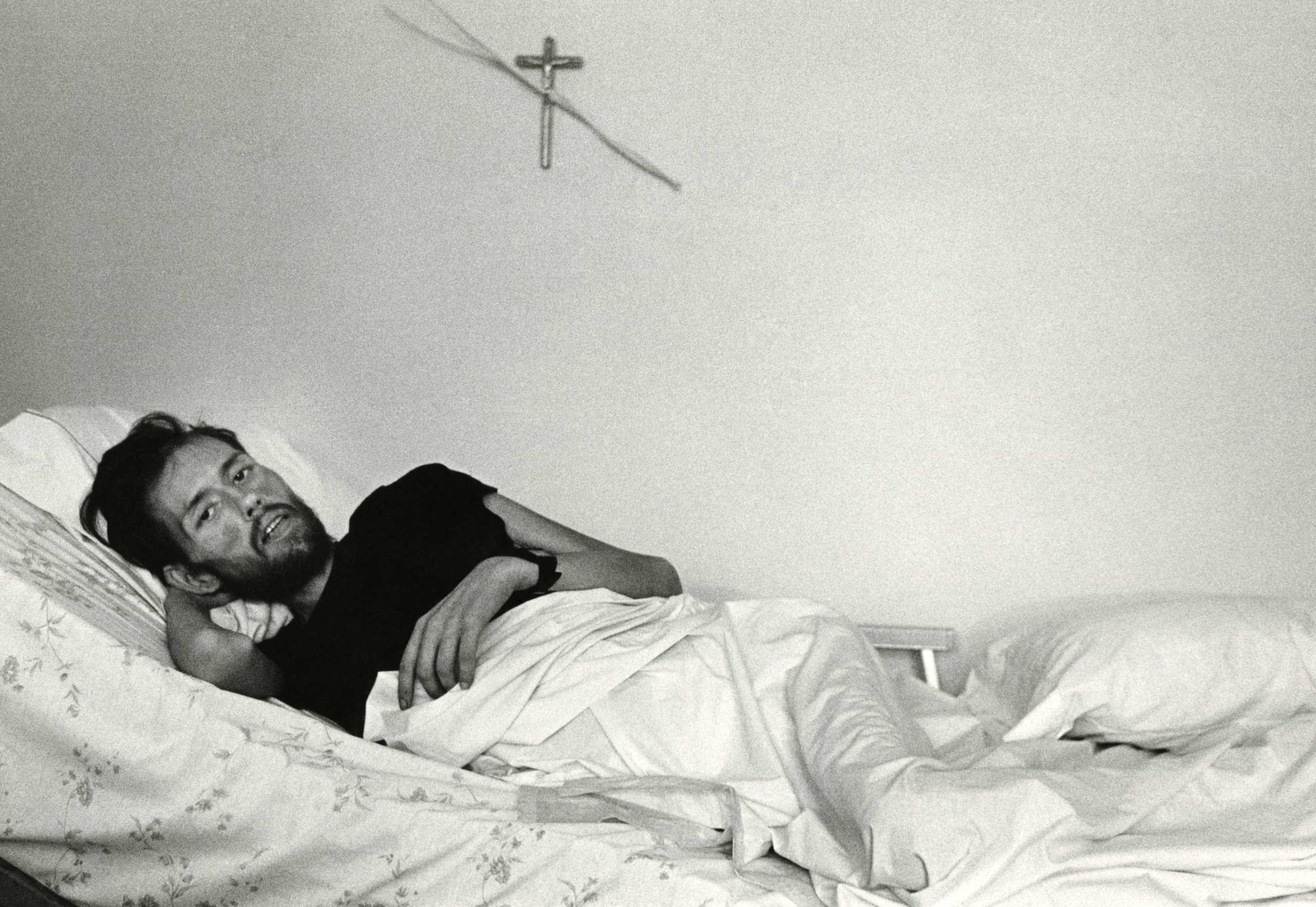
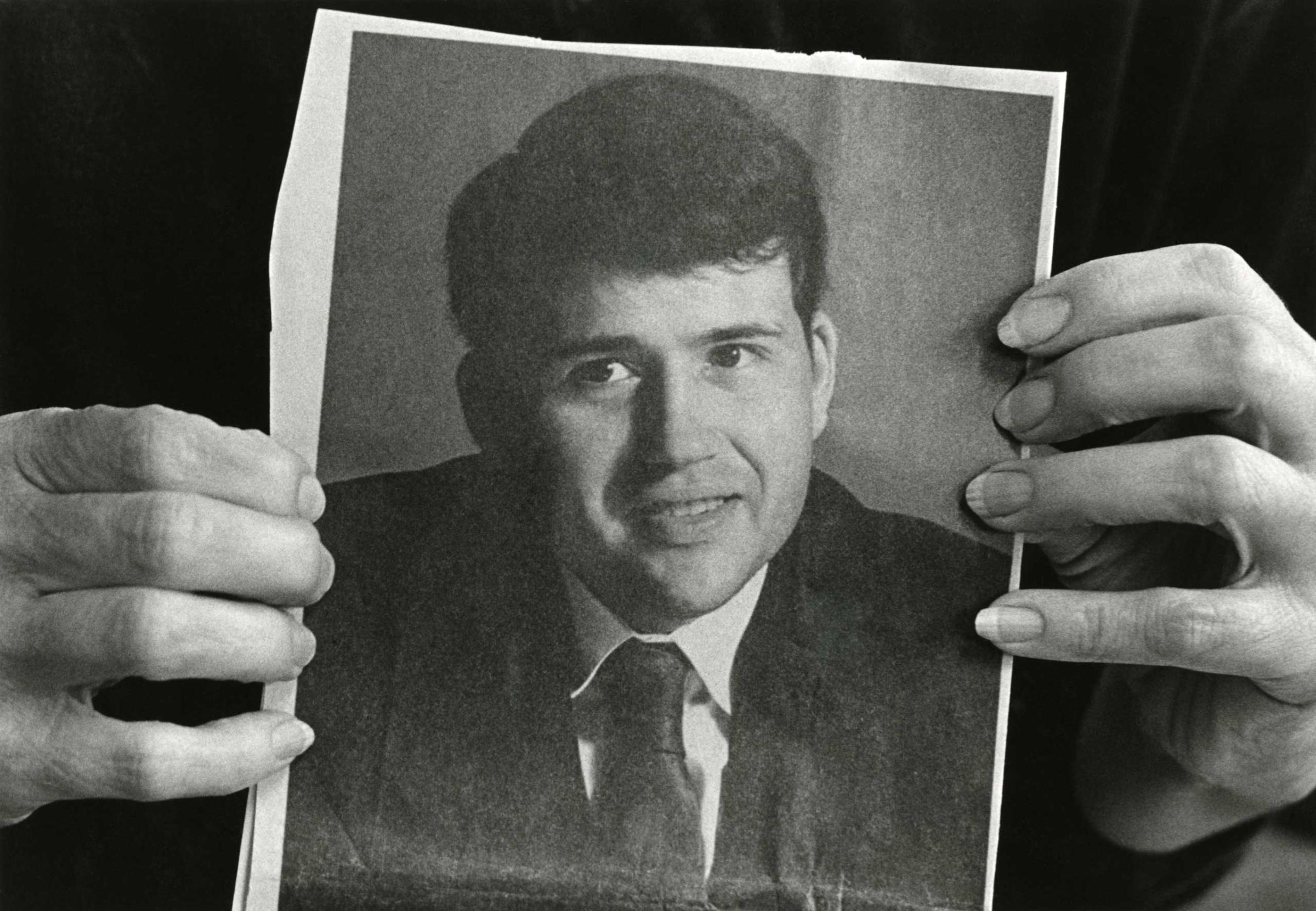
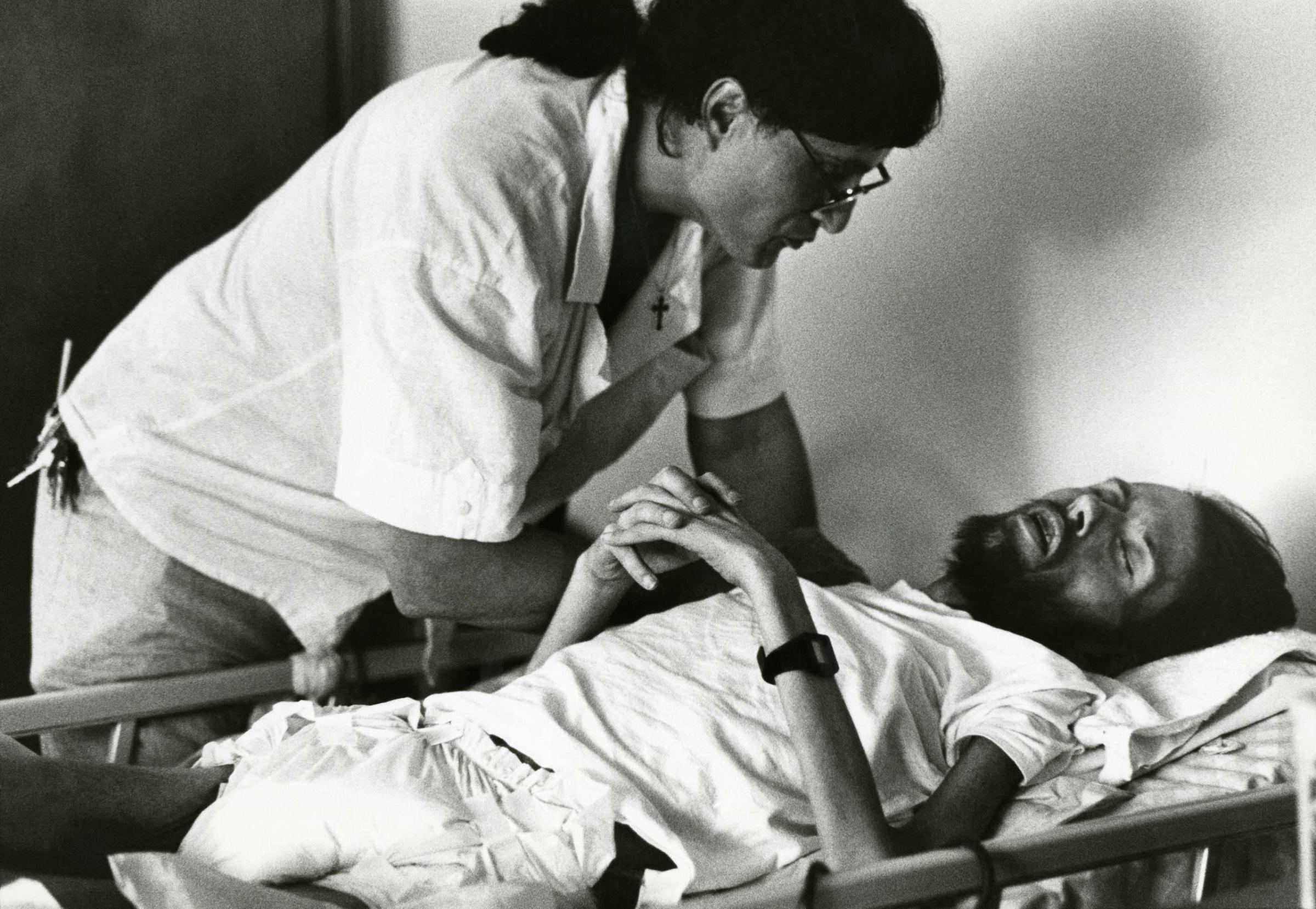
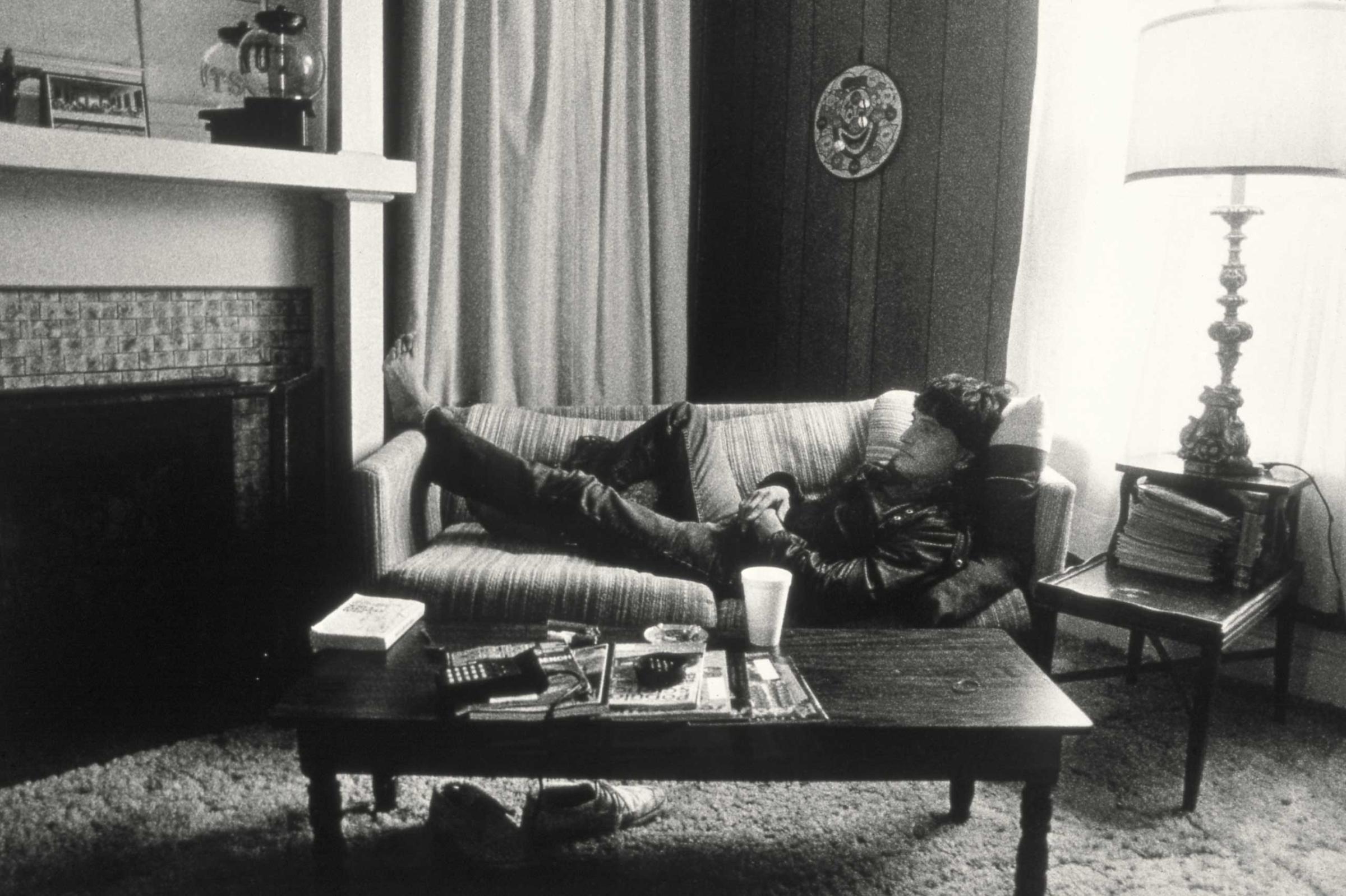
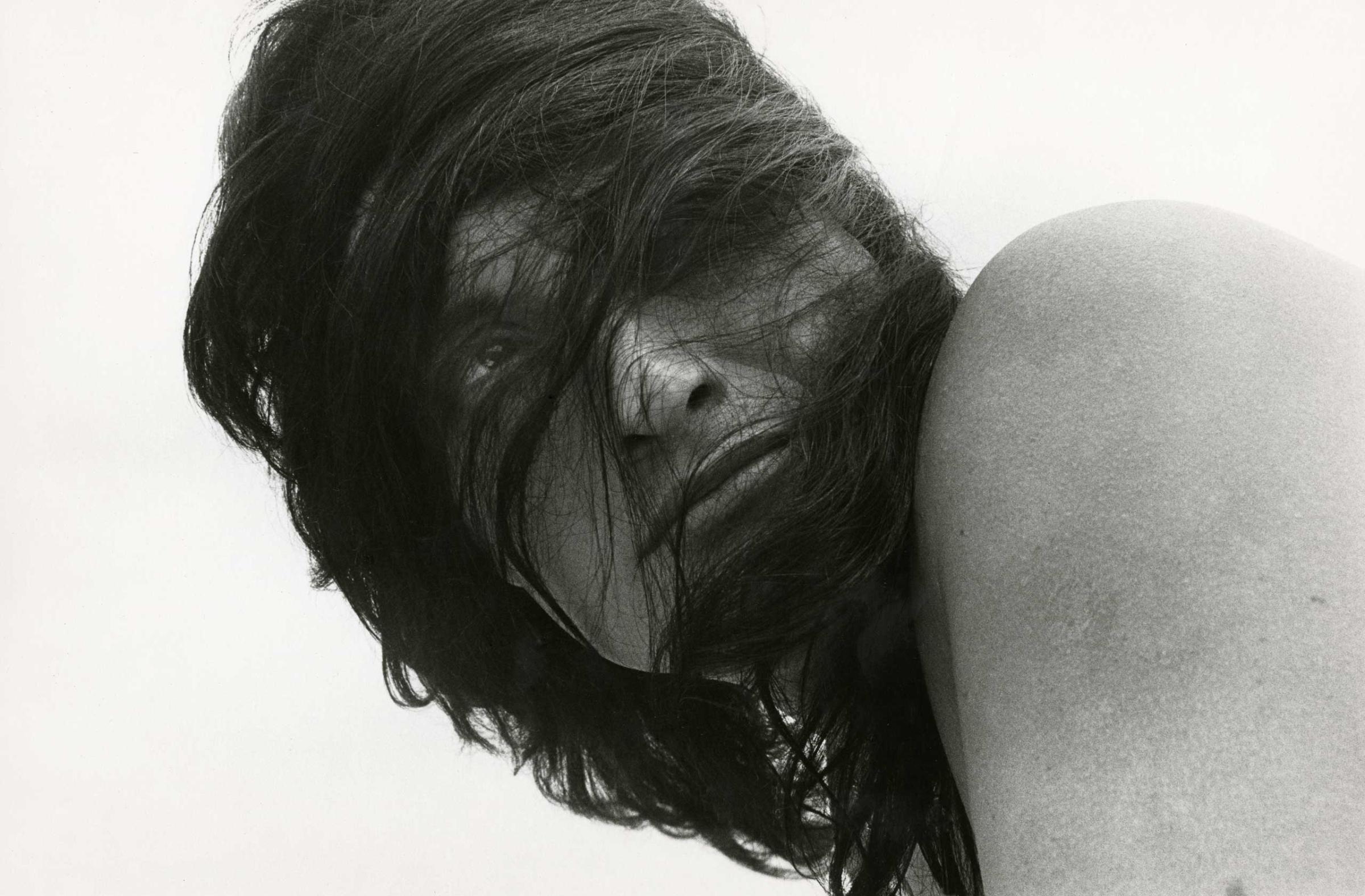
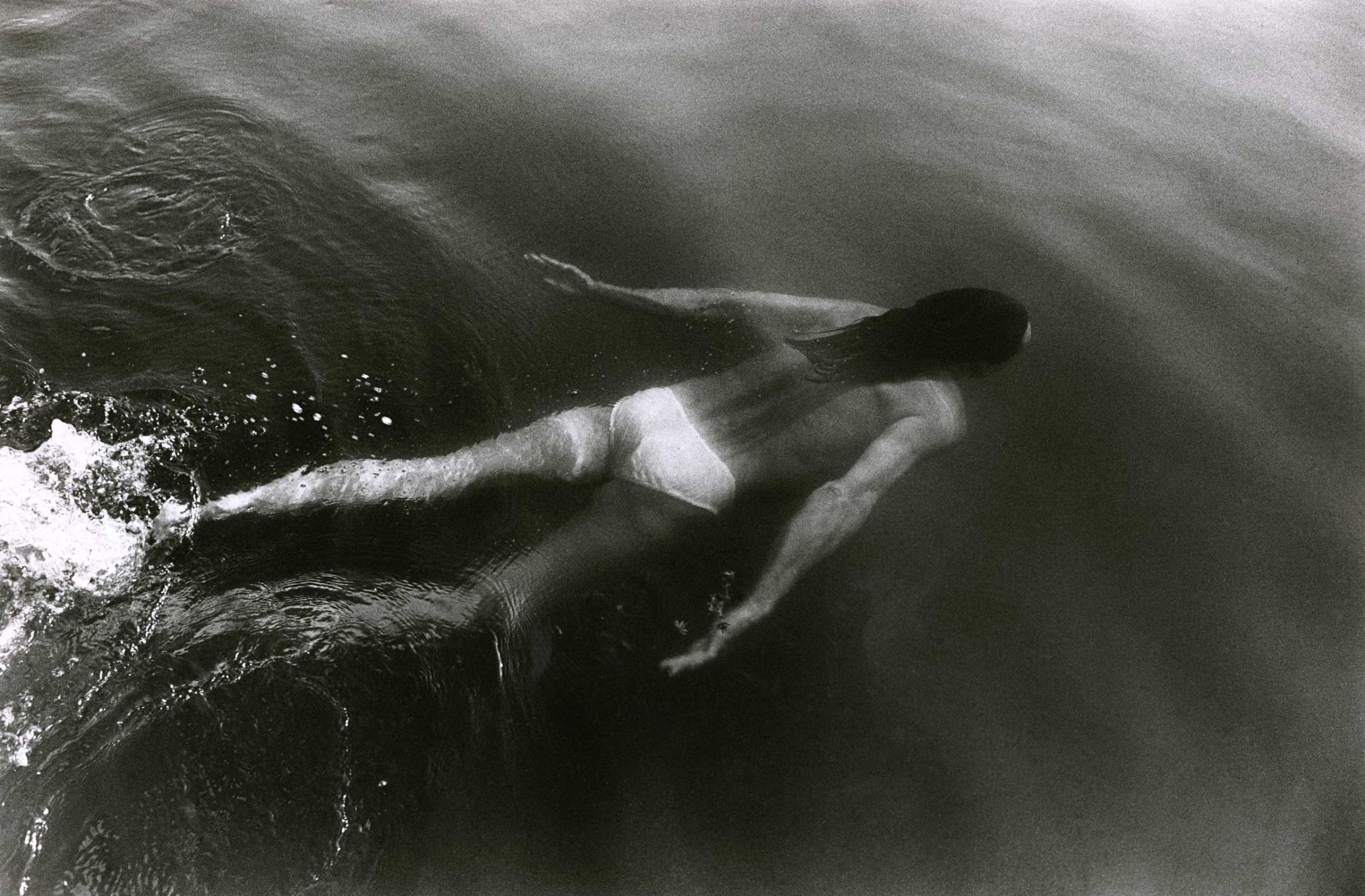
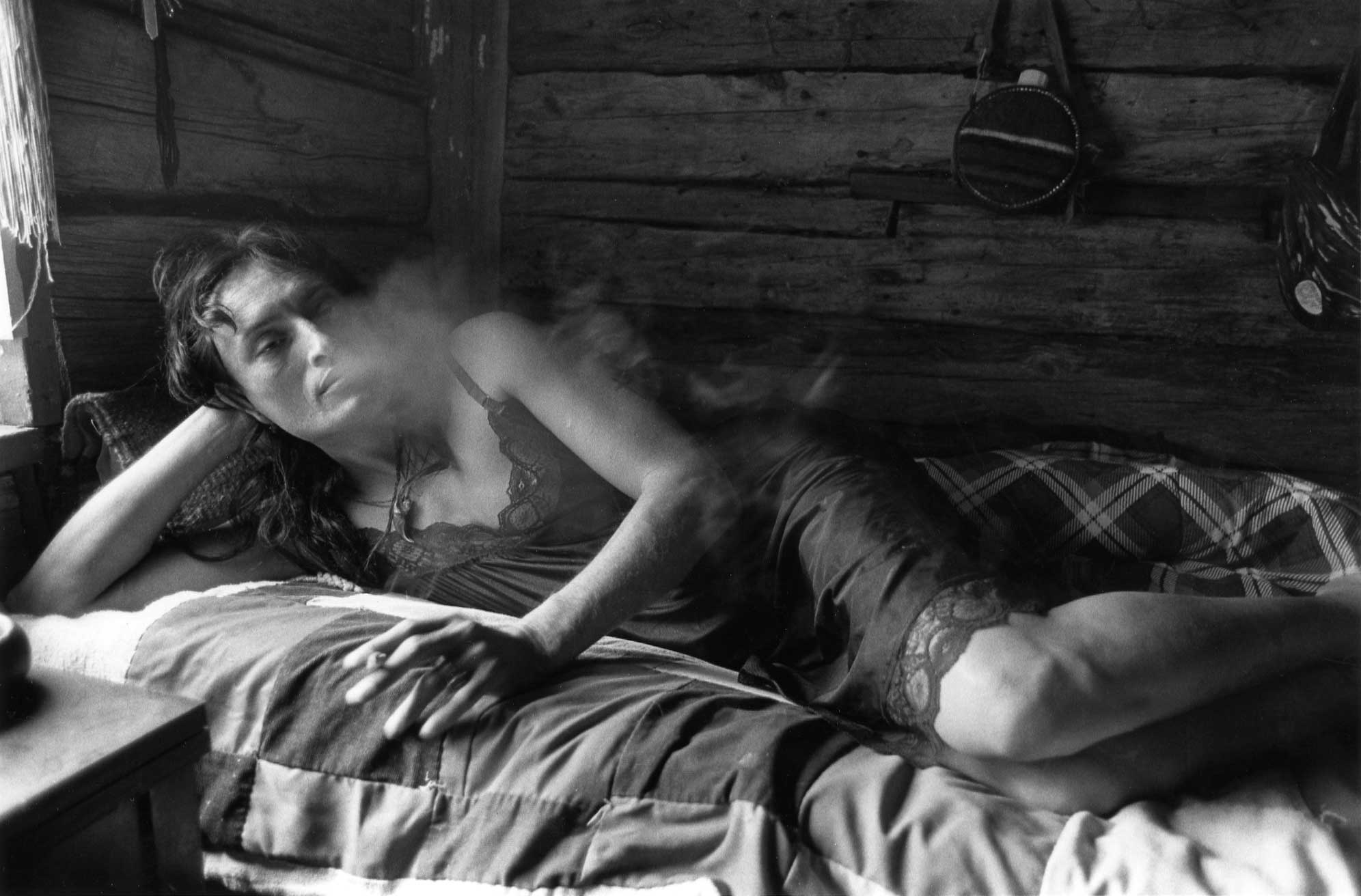
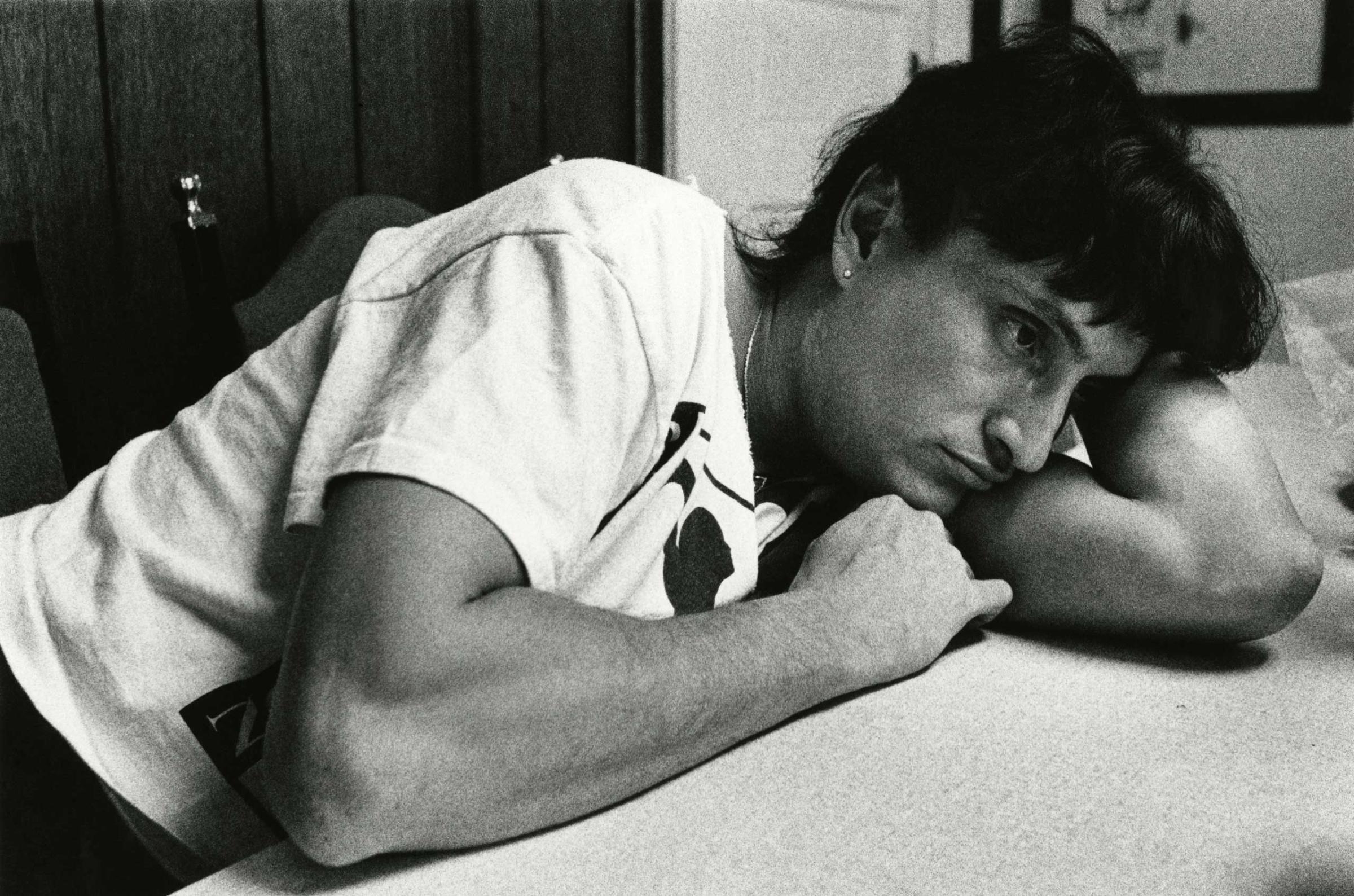
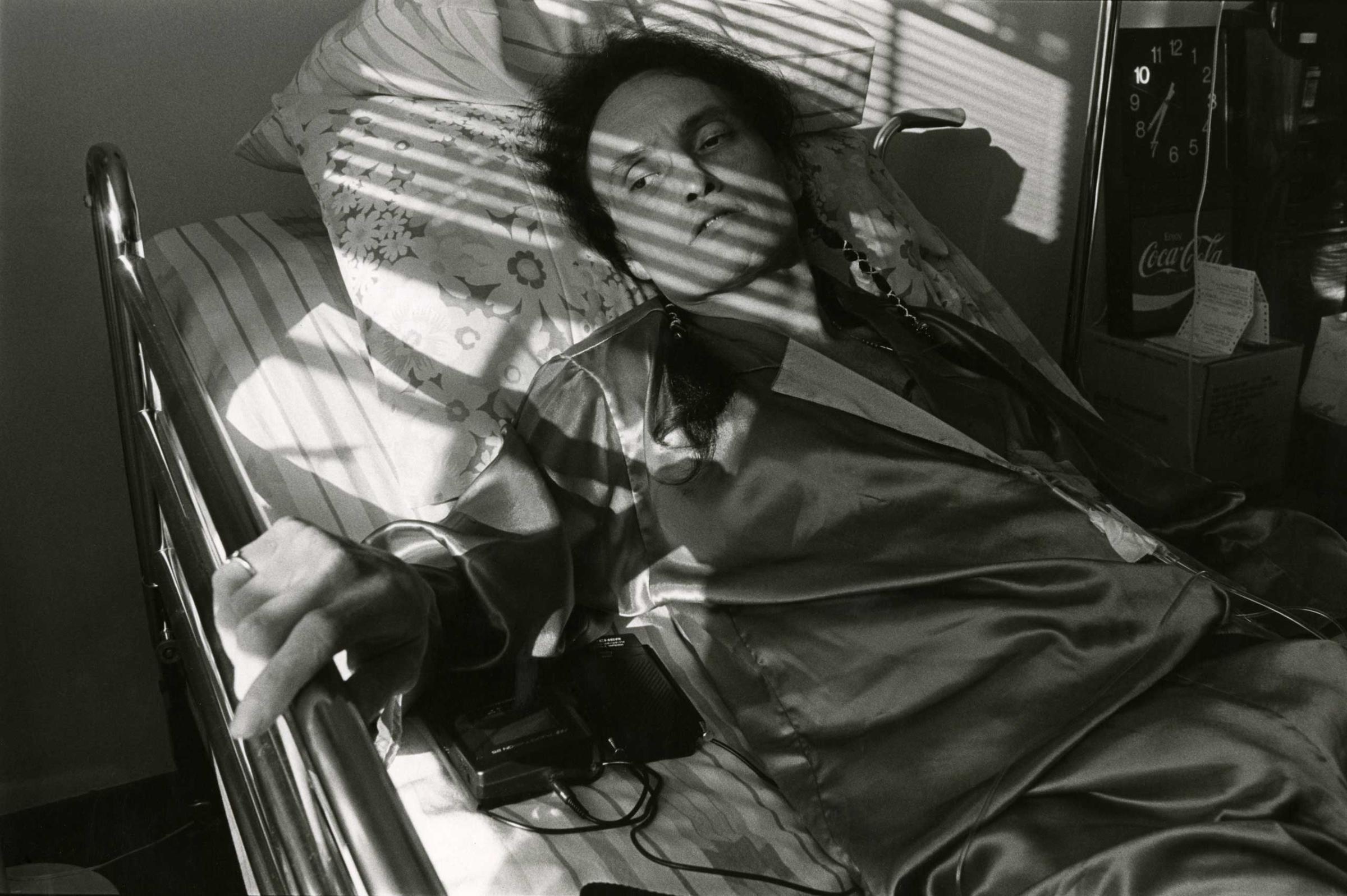
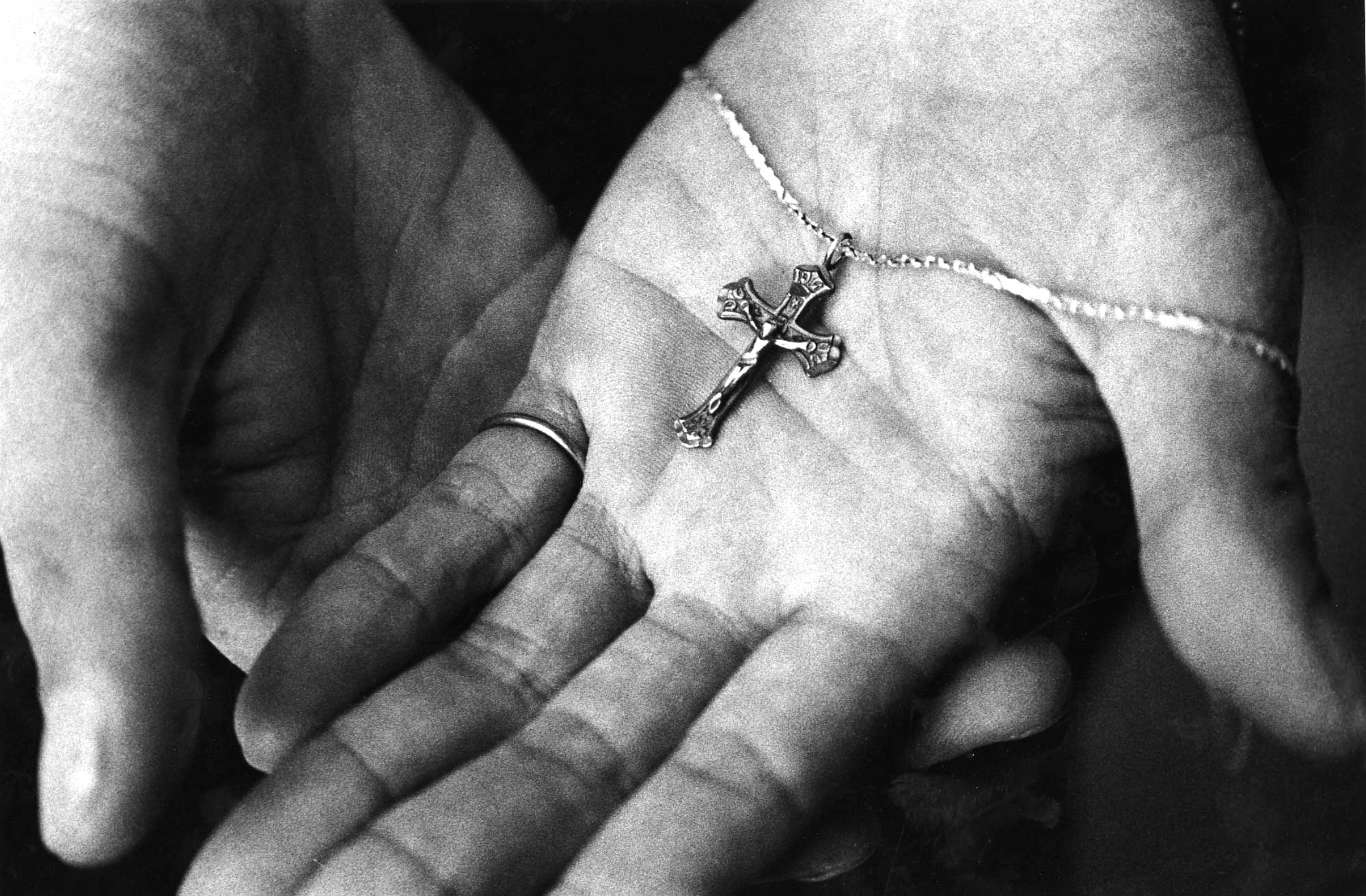
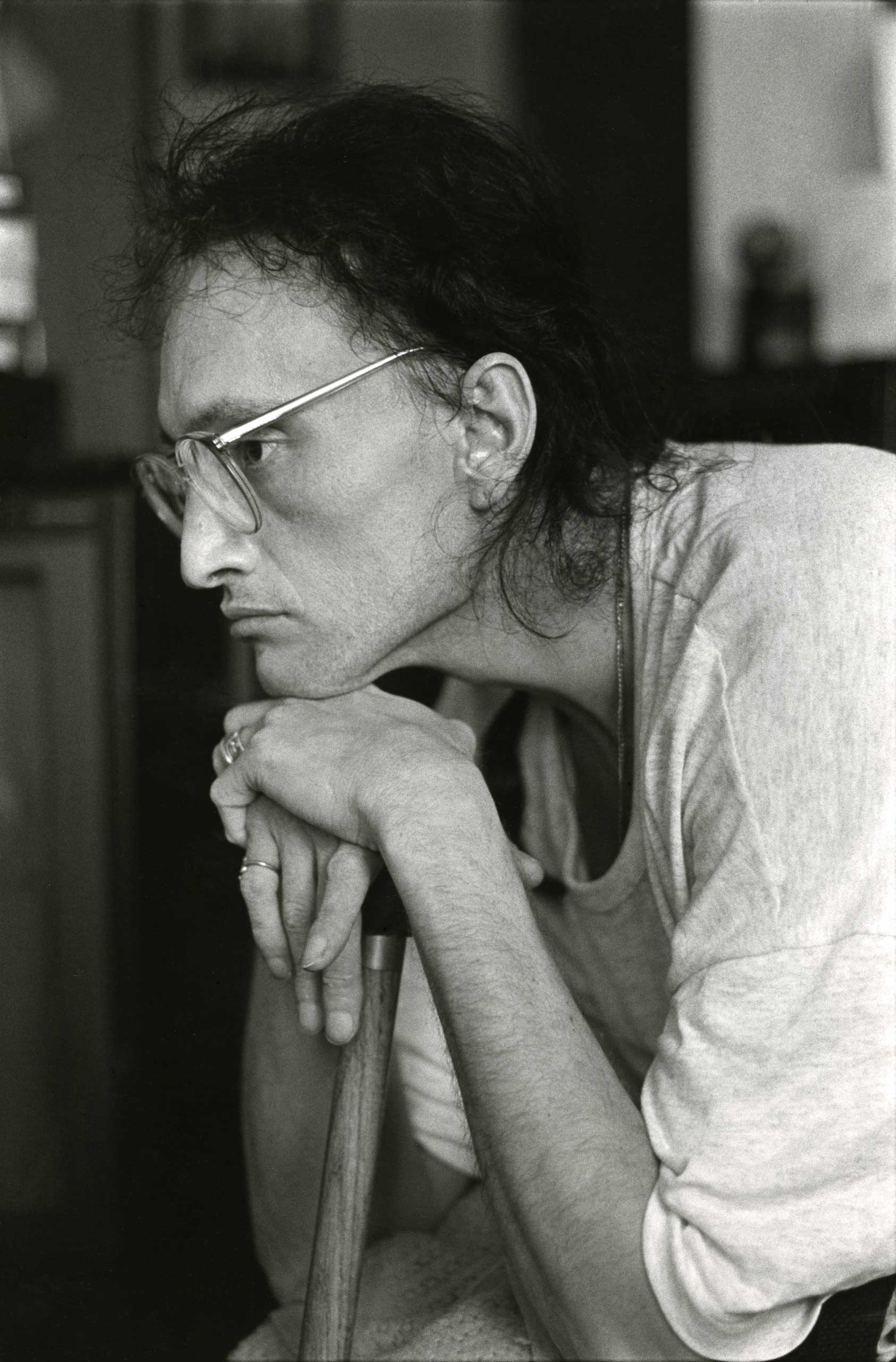
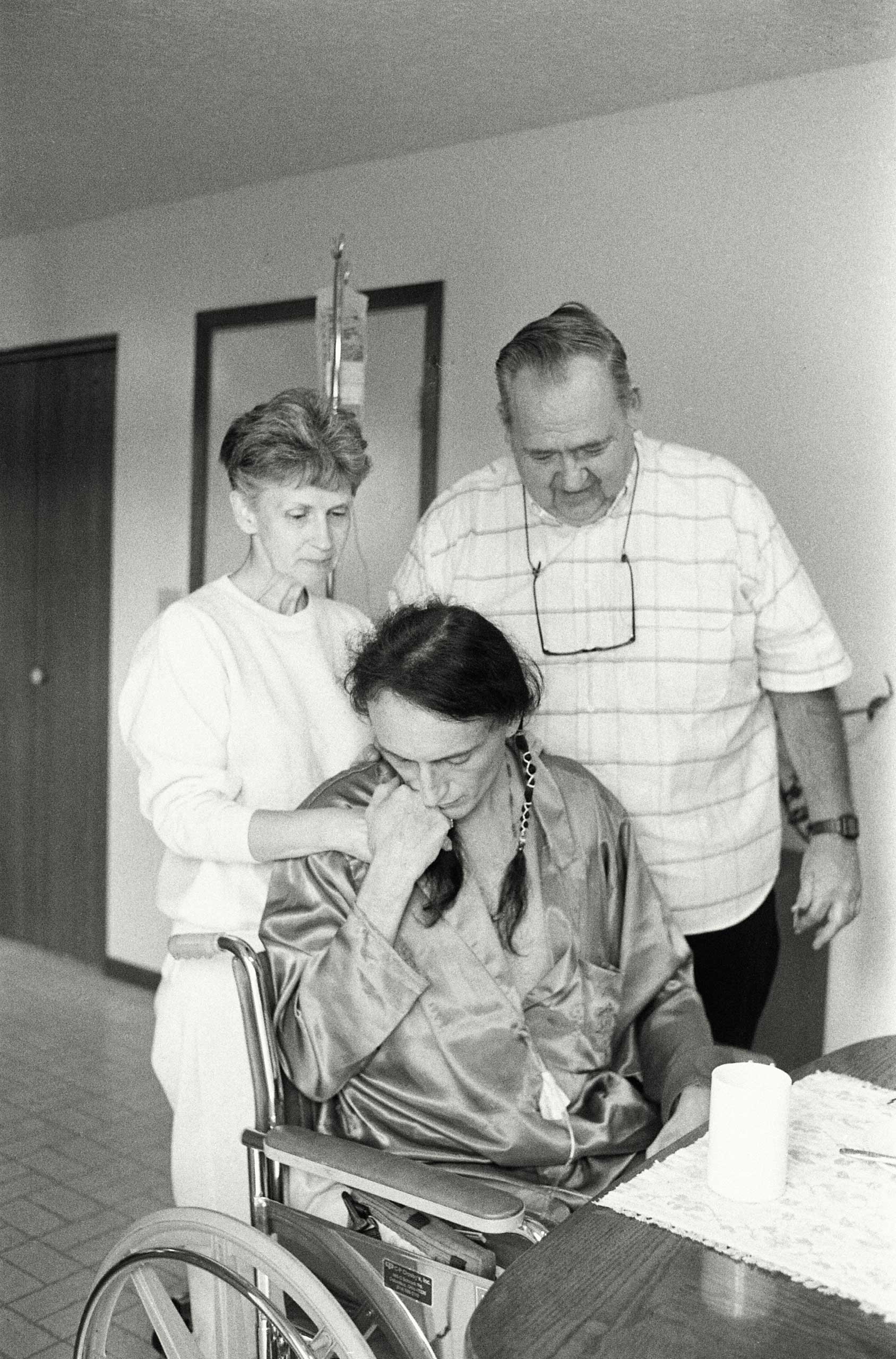
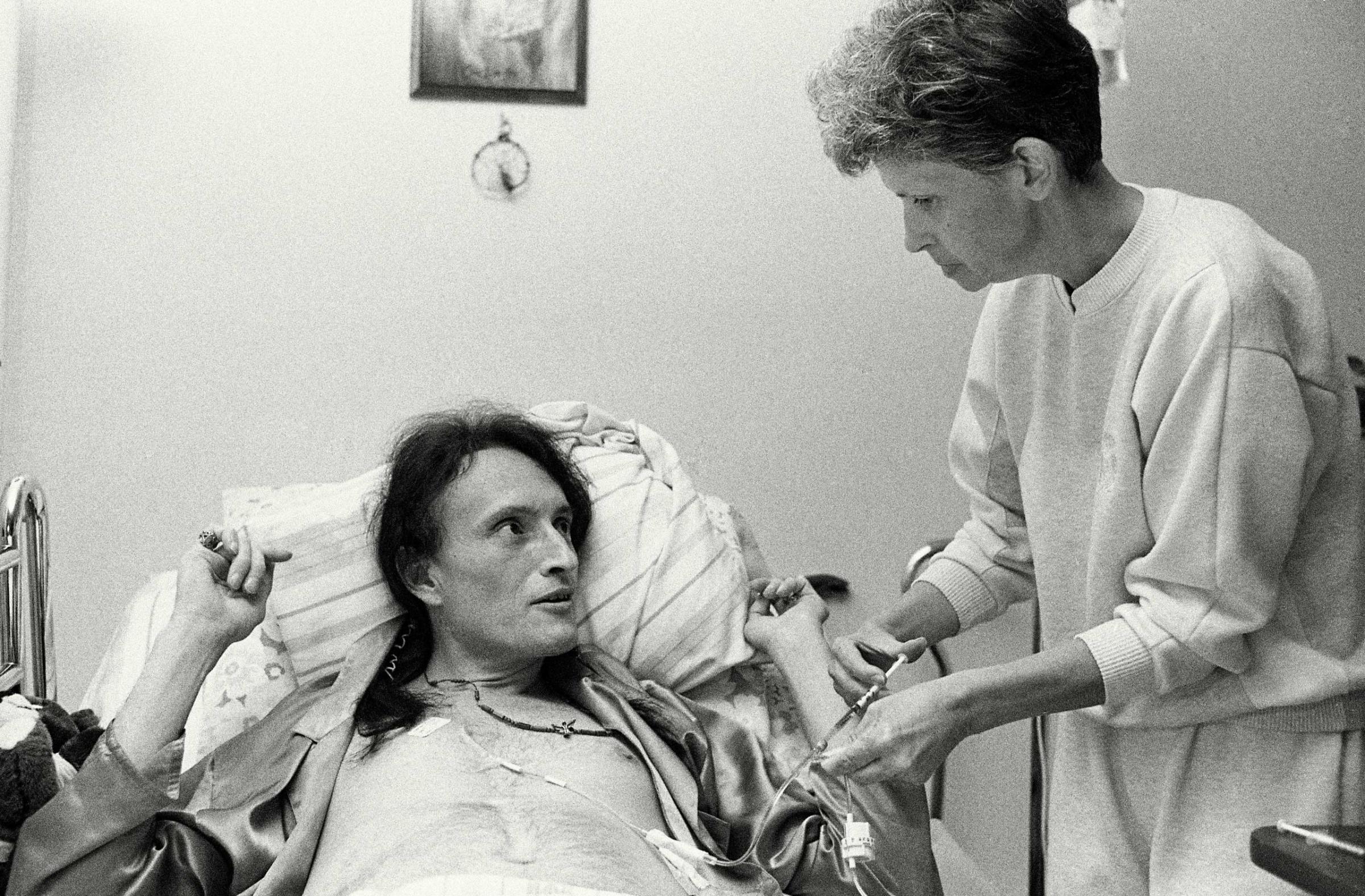
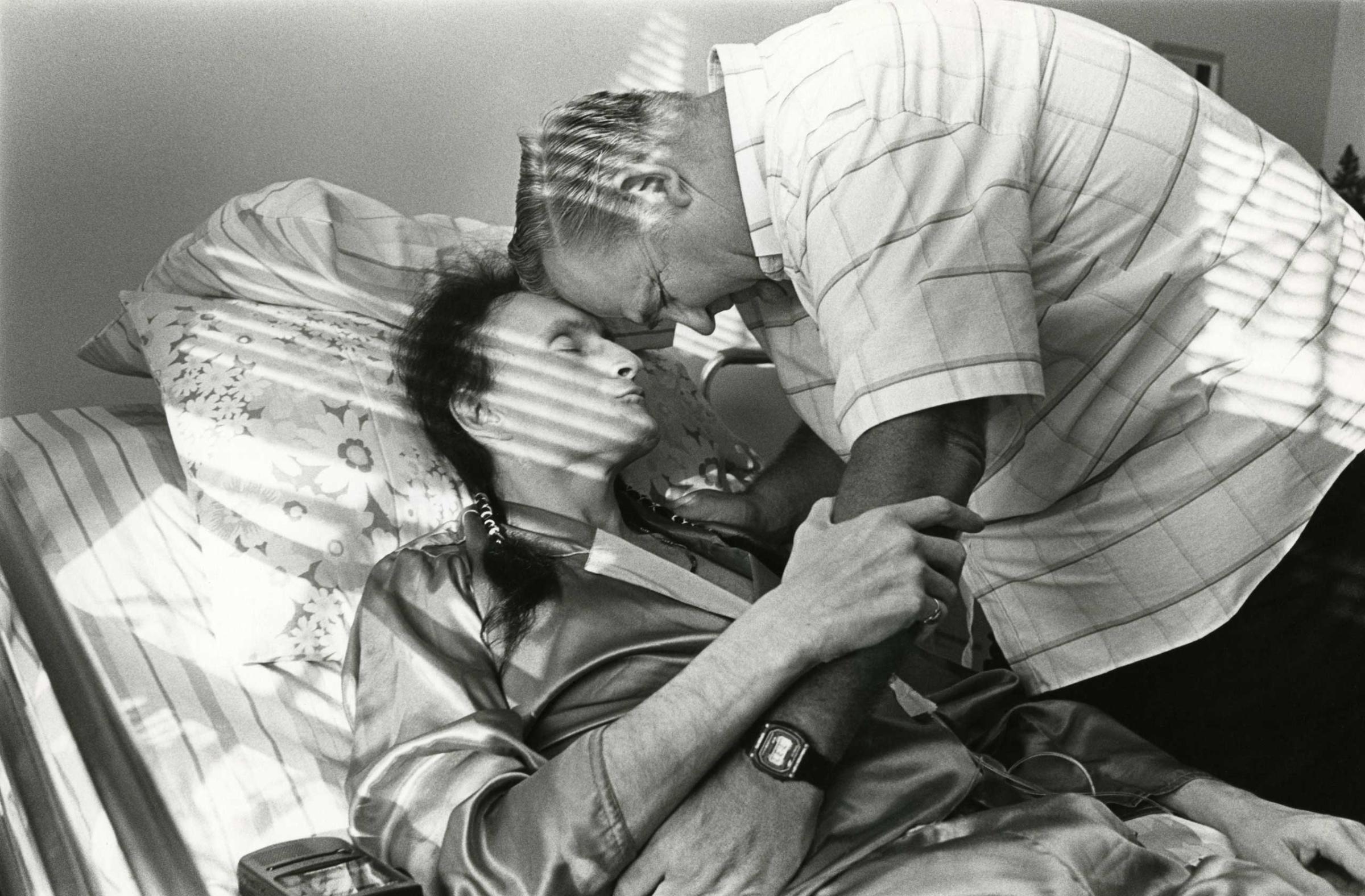
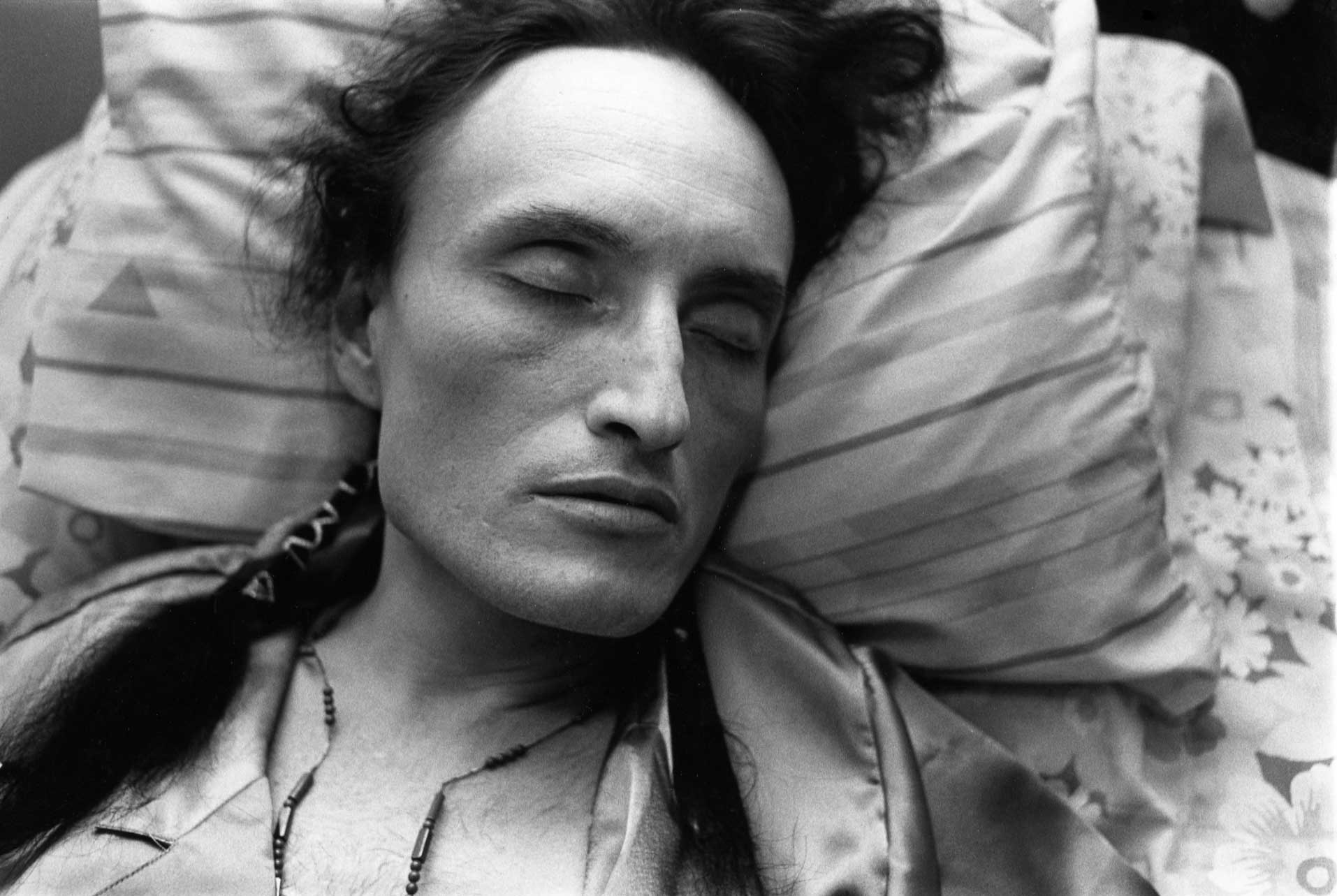
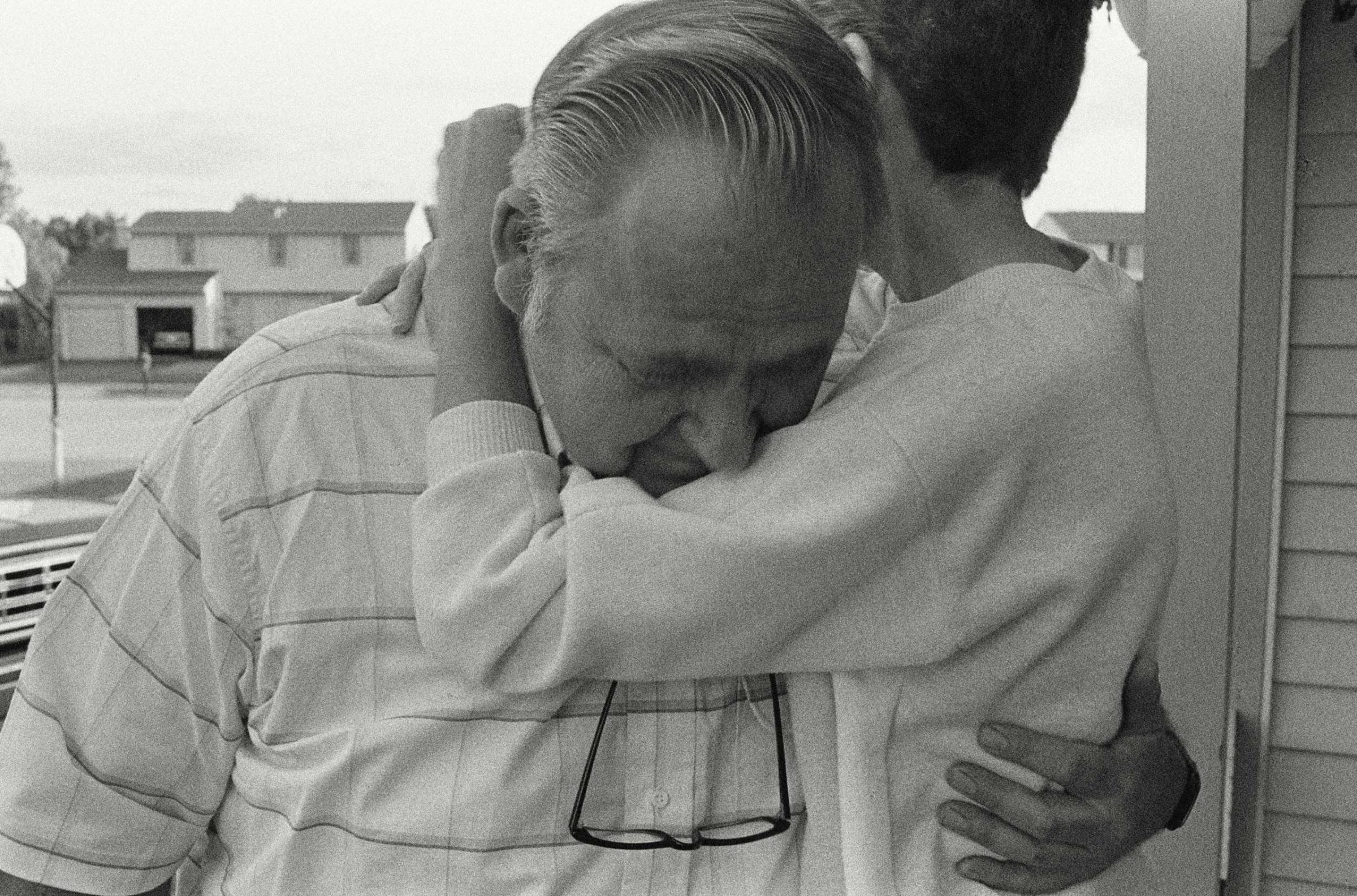
More Must-Reads from TIME
- Cybersecurity Experts Are Sounding the Alarm on DOGE
- Meet the 2025 Women of the Year
- The Harsh Truth About Disability Inclusion
- Why Do More Young Adults Have Cancer?
- Colman Domingo Leads With Radical Love
- How to Get Better at Doing Things Alone
- Michelle Zauner Stares Down the Darkness
Write to Lily Rothman at lily.rothman@time.com